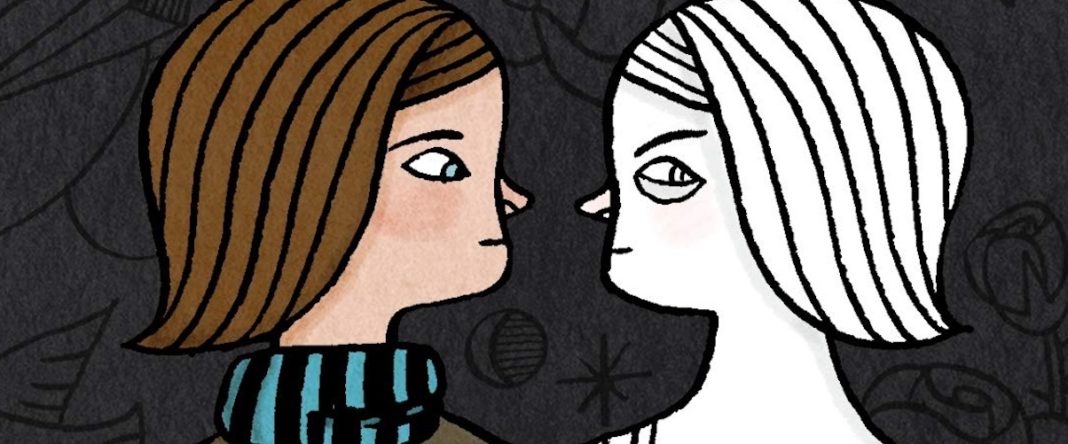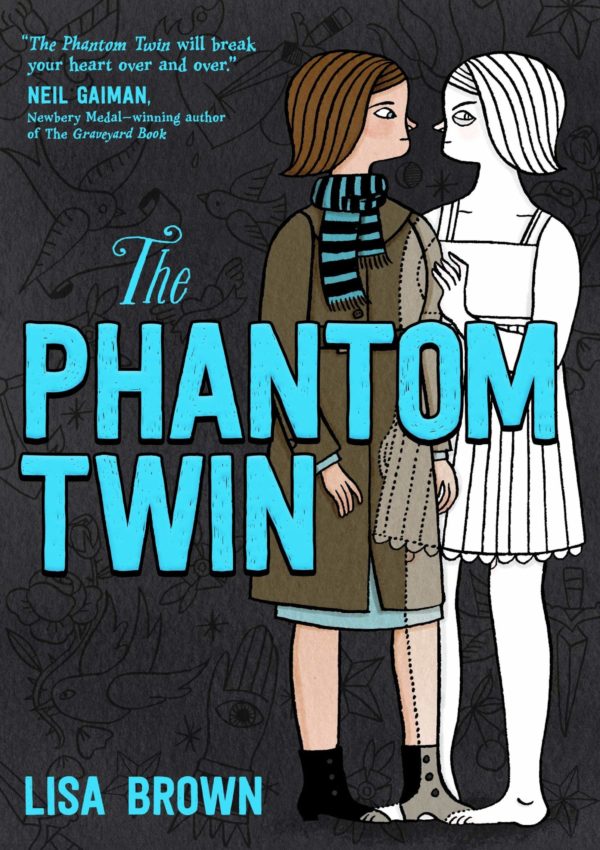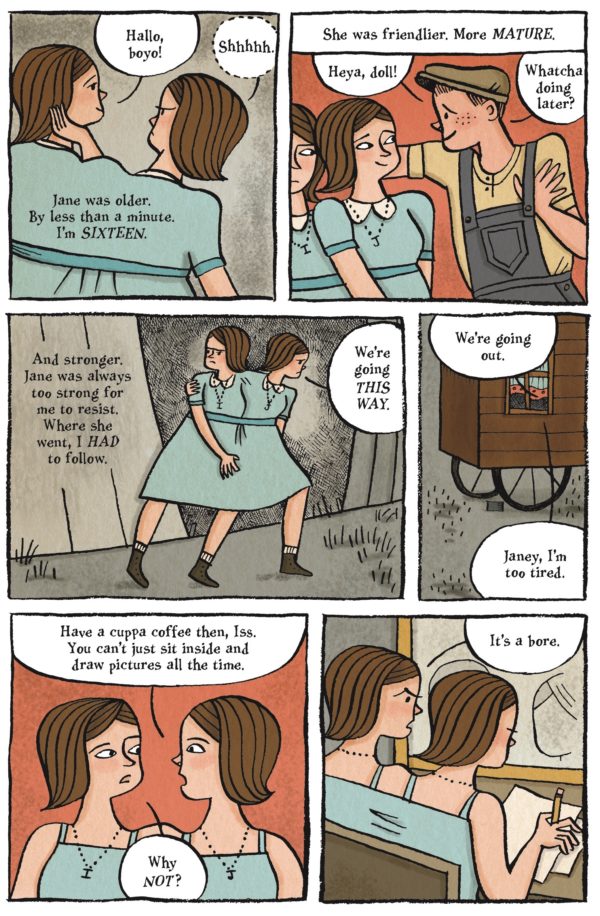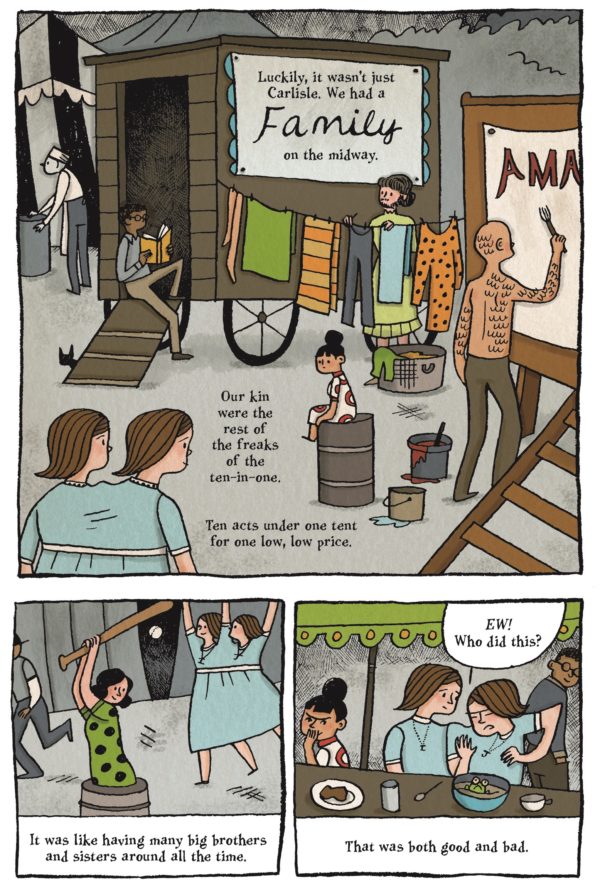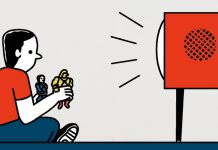The Phantom Twin
By Lisa Brown
First Second Books
Last year’s insightful biography of Schlitzie the Pinhead, Nobody’s Fool by Bill Griffith, gave me a reason to write a little bit about one of my lifelong interests, the freak show, and the appearance of The Phantom Twin gives me another outing. Lisa Brown’s book is meant for a much younger age than Griffith’s work and, because of this, it ends up being an enjoyable, well-done book with some strange corners to it.
You need two people to have one twin, and the focus of the story, that one twin, is Isabel, formerly conjoined twin to Jane, who for reasons I’ll just leave you to find out, ends up dying and becoming a ghost who haunts Isabel, typically pestering her and berating her decisions. It’s immediately apparent that neither of the twins is great at deciphering the good opportunities from the bad, but at least Isabel mostly knows who she can trust and sticks with her instinct until the alarming moment that she doesn’t.
Isabel’s challenge is to find a way to survive, which, in her mind means finding a way to stay in the sideshow despite her dead sister’s indignance about that idea. Taken in by the tattooed woman Nora, Isabel dips her toes outside the show a little bit, with romance and betrayal whirling around her as the possibilities.
The plot of The Phantom Twin reminds me of silent films of the era that portray naive young women being taken advantage of by the conniving men who lurk around the darkened world outside the young woman’s safe place, often her hometown but in this case, behind the scenes at the sideshow. This gives Brown the opportunity to bring characters based on real figures from freak show history into the story, as well as introduce some actual situations that these performers dealt with, as well as some of the tricks of the trade that hide behind the scenes.
Brown’s artwork delivers this world in charming terms and history-wise she definitely knows her stuff, but there’s no escaping the fact that this is very odd territory to enter into in a work of fiction for 12 to 16-year-olds in the 21st Century. Brown is quite aware of the dark side of the world she depicts and spells it out in her author’s note, but sometimes in the translation to such a young audience that could never have firsthand experience with freak shows and are therefore far removed from the reality of them, The Phantom Twin features a tone of coziness and cheer that at first seems intrusively modern and but ends up feeling very old fashioned at the same time. The only unavoidable downsides to sideshow life seem to be the swindling boss and the abusive audience, while the life itself comes off as a bit idealized.
In many ways this might be unavoidable given the audience The Phantom Twin is aimed at, especially considering the simplicity of the plot itself, but I also feel like there must be some era in the middle — neither old fashioned nor modern — that could be more straightforward with the atmosphere while not being depressing. Such a creative solution to the issue is the difference between a perfectly nice, enjoyable book and one that takes its young readers to deeper places in the examination of the human experience, especially those that pertain to the struggles of living while different.


